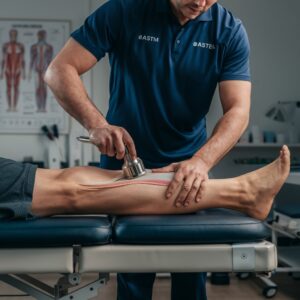
Instrument-Assisted Soft Tissue Mobilisation Aids Recovery
Enhancing Recovery with Instrument-Assisted Soft Tissue Mobilisation
Healthcare practitioners employ a manual therapy technique known as Instrument-Assisted Soft Tissue Mobilisation (IASTM) to effectively treat soft tissue injuries and musculoskeletal issues. This method utilises specially designed instruments, typically crafted from stainless steel, to pinpoint and rectify areas of compromised soft tissue function. The devices apply targeted pressure and friction to the affected areas, promoting the dissolution of scar tissue, adhesions, and restrictions within the fascia.
IASTM, or Instrument-Assisted Soft Tissue Mobilisation, is a minimally invasive technique used to treat various conditions, including tendinitis, muscle strains, ligament sprains, and myofascial pain syndrome. Additionally, it has shown effectiveness in addressing chronic conditions like plantar fasciitis, carpal tunnel syndrome, and tennis elbow. The primary objectives of IASTM are to improve soft tissue function, reduce discomfort, and restore normal movement patterns.
The main objective of IASTM is to offer patients lasting relief from symptoms by targeting the underlying causes of soft tissue dysfunction. IASTM is applicable to a wide range of patients and is frequently incorporated into holistic treatment plans in conjunction with various therapeutic methods. Although IASTM has become increasingly popular in recent years, it is important to note that the success of this technique can be influenced by individual conditions and patient characteristics.
Main Points
- IASTM is a hands-on therapeutic approach designed to address soft tissue injuries and musculoskeletal disorders. The process entails the mobilisation and manipulation of soft tissue through the use of specially crafted tools.
- IASTM offers several advantages for recovery, such as enhanced blood circulation, decreased pain and inflammation, greater range of motion, and faster healing of soft tissue injuries.
- IASTM facilitates the healing of soft tissues by effectively breaking down scar tissue, stimulating collagen production, and enhancing the alignment and function of tissues.
- IASTM is essential in rehabilitation and injury prevention, effectively targeting soft tissue restrictions, enhancing tissue quality, and improving overall movement patterns.
- Techniques and tools frequently utilised in IASTM encompass scraping, cross-friction massage, and instruments like Graston and HawkGrips.
- When utilising IASTM, it is essential to take precautions such as steering clear of regions with open wounds, infections, or acute inflammation. Additionally, ensuring proper training and technique is crucial to avoid any potential tissue damage.
- Incorporating IASTM into a holistic recovery strategy entails blending it with additional techniques like exercise, stretching, and manual therapy to tackle the root causes of soft tissue dysfunction and foster sustainable recovery.
 The Benefits of IASTM for Recovery
The Benefits of IASTM for Recovery
Analysing Scar Tissue and Adhesions
IASTM provides a notable benefit in the healing process of soft tissue injuries and musculoskeletal issues by effectively breaking down scar tissue and adhesions that may form in the soft tissues after an injury. Adhesions may limit mobility and lead to discomfort, rigidity, and diminished functionality. Utilising IASTM to address these adhesions enables healthcare professionals to assist patients in restoring normal movement patterns and alleviating pain.
Enhancing Circulation and Facilitating Recovery
One more advantage of IASTM is its capacity to enhance blood circulation to the targeted region. Enhanced blood circulation facilitates the healing process by supplying vital nutrients and oxygen to the tissues while effectively eliminating waste products and toxins. This can aid in diminishing inflammation, swelling, and discomfort, while also promoting the body’s inherent healing mechanisms.
Enhancing Collagen Production and Promoting Tissue Repair
Moreover, IASTM can promote collagen production, a crucial factor in the repair and regeneration of damaged tissues. This may result in a quicker and more efficient recovery from soft tissue injuries and musculoskeletal conditions.
How IASTM Enhances Soft Tissue Healing
IASTM promotes the healing of soft tissues by activating the body’s natural healing processes and reducing the barriers that impede recovery. Soft tissue injuries may result in the development of scar tissue and adhesions as a consequence of the body’s natural healing mechanisms. While these tissues are essential in the initial phases of wound healing, improper positioning or restriction of movement can lead to complications.
IASTM aids in the realignment of scar tissue and the breakdown of adhesions, fostering improved tissue healing and reduced discomfort. IASTM, or Instrument-Assisted Soft Tissue Mobilisation, effectively breaks down scar tissue and adhesions while improving the flexibility and suppleness of soft tissues. This approach can promote the recovery of normal movement patterns and reduce the chances of re-injury.
Restoring flexibility, range of motion, and strength to the soft tissues is crucial for a complete recovery, and IASTM offers effective assistance in this process. Furthermore, IASTM can effectively reduce inflammation in the affected area. Inflammation is a natural response to injury; however, an excessive or prolonged inflammatory reaction can impede the healing process.
Instrument-Assisted Soft Tissue Mobilisation (IASTM) is a therapeutic approach designed to promote tissue healing through enhanced blood circulation and reduced inflammation. Enhancing blood circulation, IASTM guarantees that the impacted tissues obtain the essential nutrients and oxygen required for a swift recovery. This knowledge equips you, the healthcare expert, to make well-informed decisions regarding the treatment of soft tissue injuries.
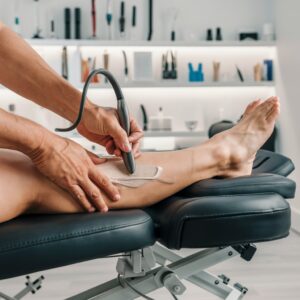 The Role of IASTM in Rehabilitation and Injury Prevention
The Role of IASTM in Rehabilitation and Injury Prevention
IASTM, or Instrument-Assisted Soft Tissue Mobilisation, plays a crucial role in the rehabilitation process. This method effectively restores normal function to the soft tissues, addressing the source of pain and impaired function. Rest and traditional rehabilitation methods frequently fall short in fully addressing soft tissue injuries. IASTM provides a targeted approach for addressing scar tissue, adhesions, and fascial restrictions that may hinder a patient’s recovery.
Additionally, IASTM serves as a proactive approach to reduce the risk of future injuries. Healthcare providers play a crucial role in helping patients maintain optimal musculoskeletal health and function by proactively addressing soft tissue dysfunction before it develops into a more serious injury. This can yield beneficial outcomes, especially for individuals and athletes. Individuals engaged in repetitive or high-impact activities may face the risk of soft tissue injury.
Incorporating Instrument-Assisted Soft Tissue Mobilisation (IASTM) into a well-rounded rehabilitation program can greatly enhance patient relief, facilitating a faster and more complete recovery from injuries. Instrument-Assisted Soft Tissue Mobilisation (IASTM) is an effective method for addressing soft tissue dysfunction, focussing on both the symptoms and underlying causes. This method allows individuals to regain their natural movement patterns, reduce discomfort, and improve their overall quality of life, offering both comfort and peace of mind.
Common Techniques and Tools Used in IASTM
IASTM employs a range of techniques and tools to effectively tackle soft tissue injuries and musculoskeletal issues. A commonly utilised technique is known as “scraping” or “cross-friction massage.” This technique employs a meticulously designed instrument to apply pressure and massage the affected area, effectively breaking down scar tissue and adhesions. The device oscillates accurately across the skin to address the impaired soft tissues.
A frequently utilised technique in IASTM is known as “stroking” or “flushing.” This technique involves utilising the device to apply gentle pressure through broad, sweeping movements across the entire affected muscle or tendon. This method improves blood flow to the targeted area, reduces inflammation, promotes relaxation, and eases discomfort. IASTM employs instruments primarily made from stainless steel or other durable materials, allowing for precise management and manipulation of soft tissues.
These instruments come in a variety of shapes and sizes to suit different body areas and types of injuries. Healthcare professionals receive training to guarantee the safe and efficient use of these instruments, enabling them to deliver precise treatment to their patients.
Precautions and Considerations for IASTM
Contraindications and Risk Factors
Individuals with specific medical conditions or risk factors might not be ideal candidates for IASTM. For example, people with bleeding disorders or those on blood-thinning medications might face a higher risk of complications from IASTM.
Customised Care and Engagement
Healthcare professionals are required to evaluate the unique needs of each patient and customise their treatment plans accordingly. It is crucial to closely monitor each patient’s progress with IASTM, as responses can vary significantly, and adjustments may be necessary to optimise outcomes. Furthermore, patients are encouraged to express any discomfort or concerns they experience during or following IASTM treatment.
Appropriate Training and Certification
Proper training and certification in IASTM are essential for healthcare professionals to guarantee safe and effective patient treatment. This involves comprehending the indications and contraindications of IASTM and effectively utilising the tools to attain the best possible outcomes.
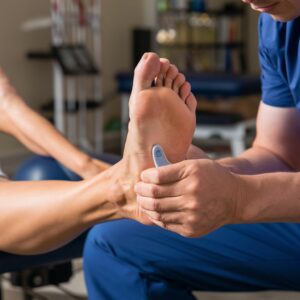 Integrating IASTM into a Comprehensive Recovery Plan
Integrating IASTM into a Comprehensive Recovery Plan
Integrating Instrument-Assisted Soft Tissue Mobilisation (IASTM) into a comprehensive rehabilitation plan can significantly improve treatment results for patients. IASTM serves effectively as a standalone treatment or can be integrated with various manual therapy techniques, such as massage therapy, joint mobilisation, and therapeutic exercise. This thorough strategy can successfully address both the symptoms and underlying factors of soft tissue dysfunction, improving pain management, functionality, and overall quality of life.
Furthermore, integrating Instrument Assisted Soft Tissue Mobilisation (IASTM) into a comprehensive rehabilitation program could help patients achieve lasting results by targeting both immediate symptoms and the underlying factors that may be contributing to their condition. IASTM offers enduring relief from symptoms by improving the functionality of soft tissues and promoting repair at the cellular level. In conclusion, Instrument Assisted Soft Tissue Mobilisation (IASTM) serves as an effective approach for tackling soft tissue injuries and musculoskeletal issues.
Instrument-Assisted Soft Tissue Mobilisation (IASTM) is an effective technique that improves patient functionality, reduces pain, and accelerates healing by addressing scar tissue, adhesions, and restrictions in the fascia. When integrated into a holistic rehabilitation strategy, IASTM may provide lasting benefits for individuals seeking relief from their symptoms.
FAQs
What is Instrument-Assisted Soft Tissue Mobilisation (IASTM)?
Instrument-Assisted Soft Tissue Mobilisation (IASTM) is a manual treatment technique used by healthcare practitioners to detect and treat soft tissue disorders. Specially developed devices are used to mobilise and manipulate soft tissue in order to promote healing and alleviate discomfort.
How does Instrument-Assisted Soft Tissue Mobilisation work?
IASTM reduces scar tissue and fascial limitations in the afflicted region. IASTM tools aid in the detection and treatment of soft tissue dysfunction by increasing blood flow, decreasing inflammation, and facilitating tissue repair.
What problems may be addressed with Instrument Assisted Soft Tissue Mobilisation?
IASTM is effective in treating musculoskeletal problems such as tendinopathies, muscular strains, ligament sprains, fascial limitations, and scar tissue adhesions. It is widely utilised in sports medicine and physical therapy settings.
Is Instrument-Assisted Soft Tissue Mobilisation Painful?
IASTM may produce pain during therapy, particularly in regions of tissue dysfunction. However, the pain is generally minor and transient. Patients may feel bruising and pain following the therapy, although this usually goes away within a few days.
Who can conduct Instrument-Assisted Soft Tissue Mobilisation?
IASTM should only be conducted by qualified healthcare experts, such as physical therapists, chiropractors, or sports medicine specialists. Proper training and certification are required for safe and successful treatment.
Brought To You By:
References
- Instrument-assisted soft tissue mobilization (IASTM) https://www.physio-pedia.com/Instrument_Assisted_Soft_Tissue_Mobilization
- Therapeutic effectiveness of instrument-assisted soft tissue mobilization https://www.ncbi.nlm.nih.gov/pmc/articles/PMC5331993/
The Article: Instrument-Assisted Soft Tissue Mobilisation Improves Recovery appeared first on https://mcrtherapies.co.uk
The Article Instrument-Assisted Soft Tissue Mobilisation Aids Recovery appeared first on https://mcrtherapies.com
The Article Instrument-Assisted Soft Tissue Mobilisation Aids Recovery Was Found On https://limitsofstrategy.com
The Article Instrument-Assisted Soft Tissue Mobilisation Aids Recovery First Appeared ON
: https://ad4sc.com


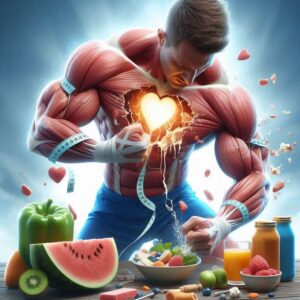

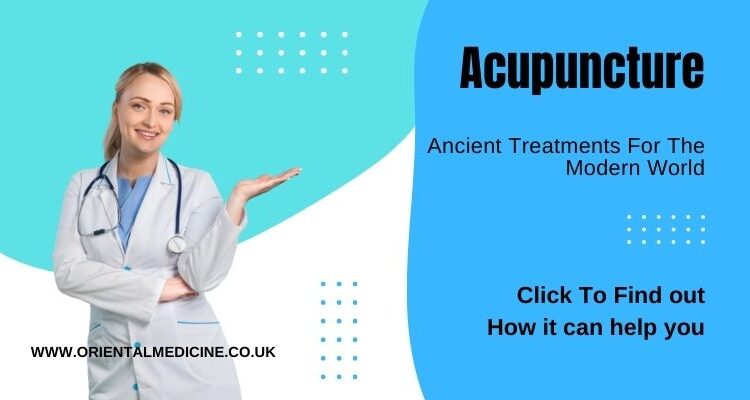
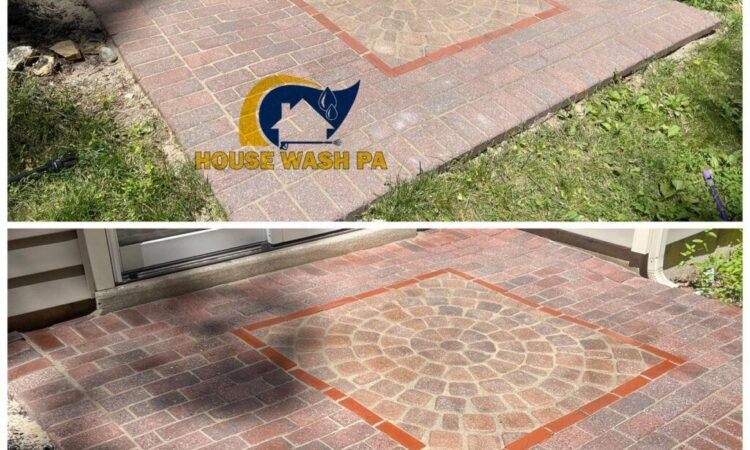
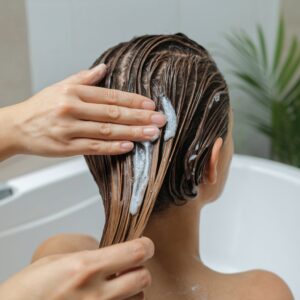
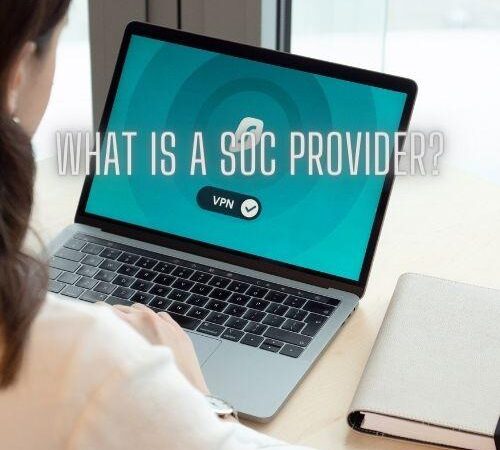


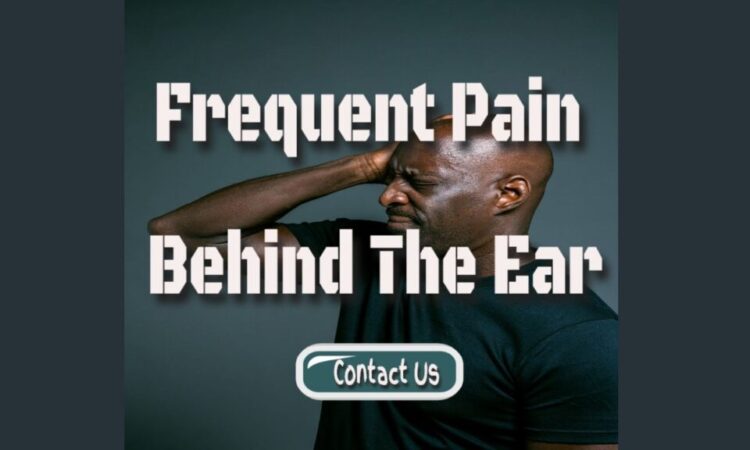
I really appreciate the focus on Instrument-Assisted Soft Tissue Mobilisation (IASTM) in your post. It’s such an intriguing approach, especially considering the growing interest in alternative therapies alongside traditional medicine. I’ve recently been exploring this space myself, particularly because I’ve been dealing with a chronic shoulder issue that’s been a real pain—literally!
IASTM has been such a game-changer for my recovery from a long-standing shoulder issue. It’s interesting how something so simple as targeted pressure from these instruments can make a real difference, especially in breaking down scar tissue. I always thought manual therapies relied solely on hands-on techniques, but integrating these tools adds a new layer.